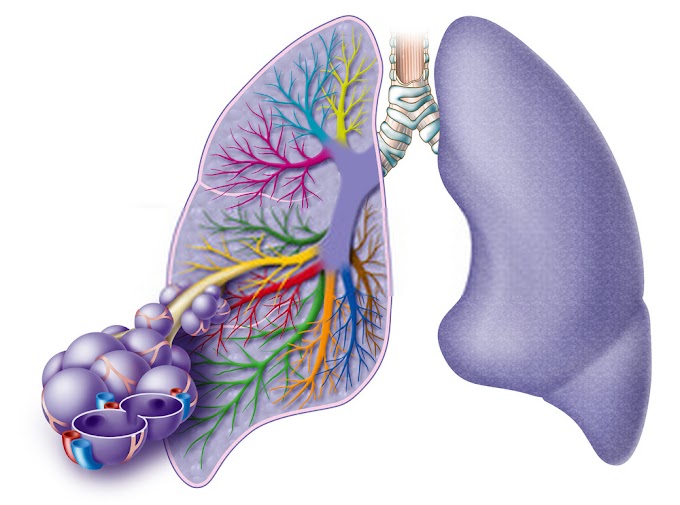Introduction
Fashion exists beyond clothing because it narrates social progress together with cultural histories alongside shifting female roles throughout society. Thematic changes in women's fashion became visible because cultural forces in tandem with social trends and technological improvements affected their style evolution across history. Since the Victorians' period of stringent corsets, deer supported fashionable statements have evolved to become today's radical confident modes which mold individual identity through empowerment.
Ancient Times: Symbolism and Tradition
In Egypt as well as Greece and Rome ancient civilizations used women's attire to indicate social rank while also using clothing as a symbolic expression. Noble women adorned themselves with flowing robes and intricate jewelry, signaling their wealth and influence. The working class chose functional garments because their clothing needed versatility in production. Many future fashion patterns started to take shape during this basic period which blended cultural heritage with social requirements.
The Medieval and Renaissance Eras: Structure and Sophistication
Clothing design during the medieval era embraced structured forms because fashion made this transition. During this period the fashion became known for its intricate corsets and huge sleeves and enormous hoops while displaying both female attributes and societal ranking. Fashion demonstrated its greatest artistic sophistication during the Renaissance when designers applied luxurious fabrics and tailored bodices and elaborate designs into sophisticated styles. Clothes that women wore in this period functioned as elements that represented their influence alongside their attraction.
Victorian Elegance: The Fusion of Modesty and Decoration
Victoria’s fashion design weaves both elegant trimmings with reserved styling since these techniques depicted societal rules of decorum and womanhood. The fashionable dress of this period came with high collars and tight waists and full-length skirts while lace remained popular as did gloves and numerous accessories. During this period society used fashion to indicate social position while also acting as a visualization of cultural moral standards.
The 20th Century: Fashion as Liberation
The twentieth century was marked by extensive changes in female fashion which collectively transformed the look of each succeeding decade. Throughout the 1920s with their flapper dresses and reaching the 1980s which displayed power suits women used fashion as a means to represent their emerging freedom. Fashion designs transformed due to combinations of social turbulence alongside technological innovations along with modern cultural developments.
Modern Day: A Fusion of Cultures and Individuality
The present paradigm of female fashion showcases multiple perspectives as well as personal style freedom together with extended diversity through its designs. Contemporary clothing design takes its inspiration from streetwear combined with haute couture and sustainability trends and worldwide cultural trends. Through fashion modern women show their unique personalities while communicating personal messages which honor who they are as individuals. Preserving a fashion statement today exceeds timeless trends to find purpose within the industry that uplifts and speaks with authority.
The Bottom Line
Through time women shifted from religious sacred garments to establishing personal style as a powerful expression. Through time fashion history has tracked societal transformations as women attained increasing independence while fashion design keeps replicating their social progress. The timeless elegance of certain pieces, like the little black dress or the classic white button-up shirt, shows how fashion is both an enduring and ever-changing art form.
If you’re passionate about fashion and want to share your thoughts, experiences, or insights, consider contributing to the Fashion Write For Us Guest Post section.





0 Comments